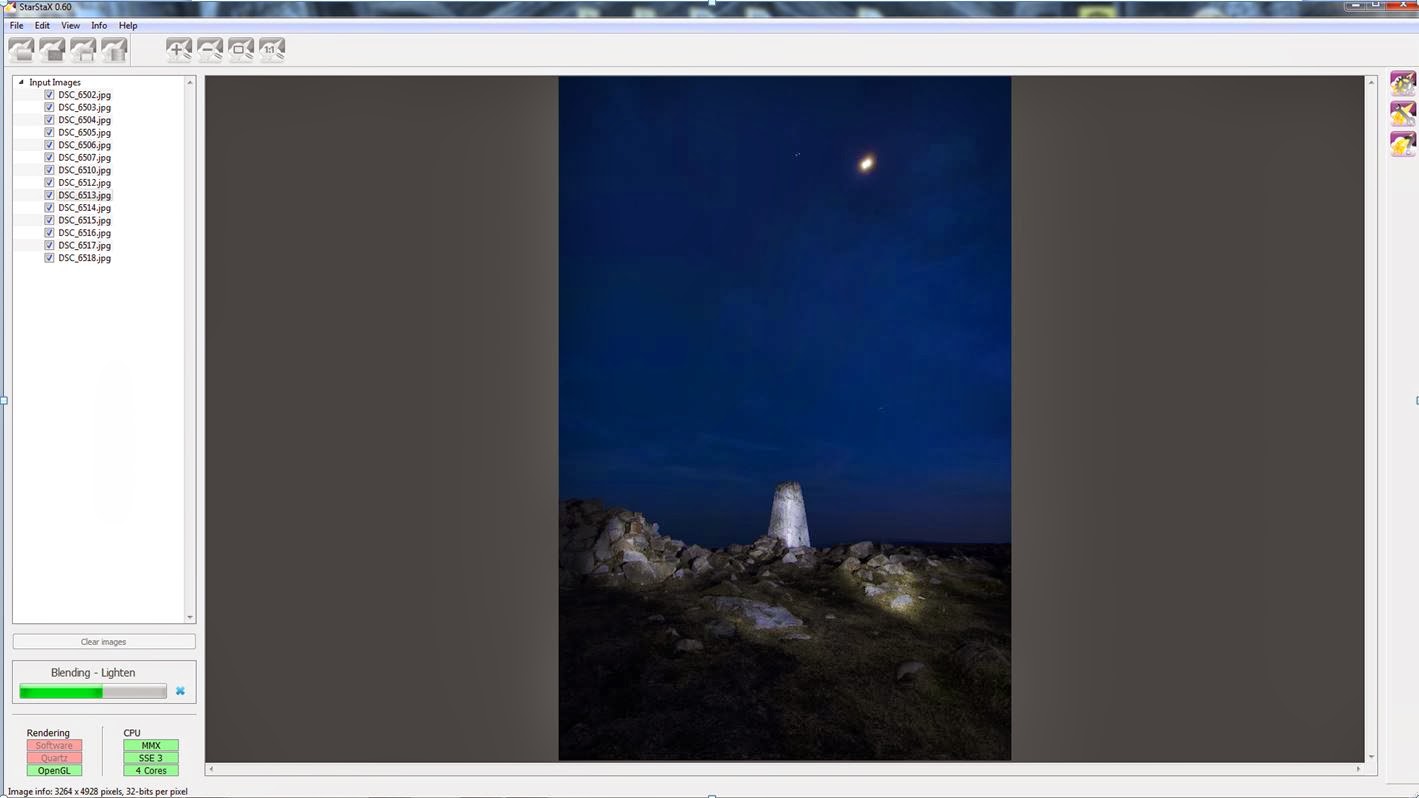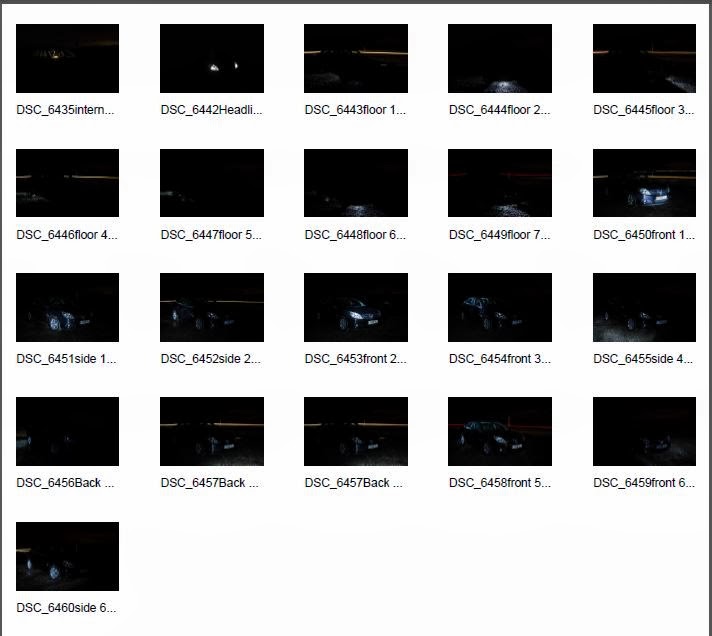As part of the second assignment in our course, the
Photobook, we have been asked to review a published photo book.
I have chosen Night watch, by Noel Kens.
Noel starts his book with the quote “If I could say it in
words, I wouldn’t need to Photograph”. What a wonderful quote. This quote
belongs to the renowned documentary photographer Lewis Hine.
The quote is probably true for many a Photographer.
Noel Kerns’ fascination with old buildings started at an
early age, he was 13 when he found an abandoned building with all the owner’s
artefacts still in place.
This fuelled his fascination and the mystery surrounding the
deserted building stayed with him.
Noels book, Night watch contains over 200 images of various
locations throughout the United States and serves as a snapshot of history, as
many of the locations and buildings have now been demolished.
The layout is fairly standard in it's approach with the number of photographs per page ranging from 1 to 3. The author has also chosen to add a few words to several of his images to explain what each or set of compositions represent. This adds to the overall professionalism of the book.
The layout is fairly standard in it's approach with the number of photographs per page ranging from 1 to 3. The author has also chosen to add a few words to several of his images to explain what each or set of compositions represent. This adds to the overall professionalism of the book.
Noels signature technique is to take his images using long
exposures, using the moon and other additional light sources to capture his
images.
He explains that he insists on manipulating his images as
little as possible, so all the light he adds to his photographs is done with
flash light and strobe.
Although the book doesn’t explain in detail how each shot
was made, you do get the sense of the simplicity of each shot, as the main
light source for each image is the moon. Each shot has been taken on or around
a full moon, so that the amount of light for the shot is at its maximum.
When looking at the photographs contained in the book, it
certainly gives you a sense of how many forgotten buildings there are in
America, usually abandoned in the name of progress, from abandoned petrol
stations because of the motorway’s (or highways) being moved, to entire ghost
towns where the whole population of a town has moved.
His photographs portray scenes of desolation, brought back
to life in that brief moment where he adds light and life to the room or
building.
The Photo Book certainly allows you to have an insight into
what can be achieved with the most basic of tools.
A Camera, tripod, flashlight and to add that extra punch,
some gel’s and a strobe, plus and old building or two is all that is needed to
produce this type of image.
A book well worth a read for anyone who is interested in night
and light photography.
Noel Kerns (2013). Night Watch. Great Britain: Carpet Bombing Culture. p01-340.

































